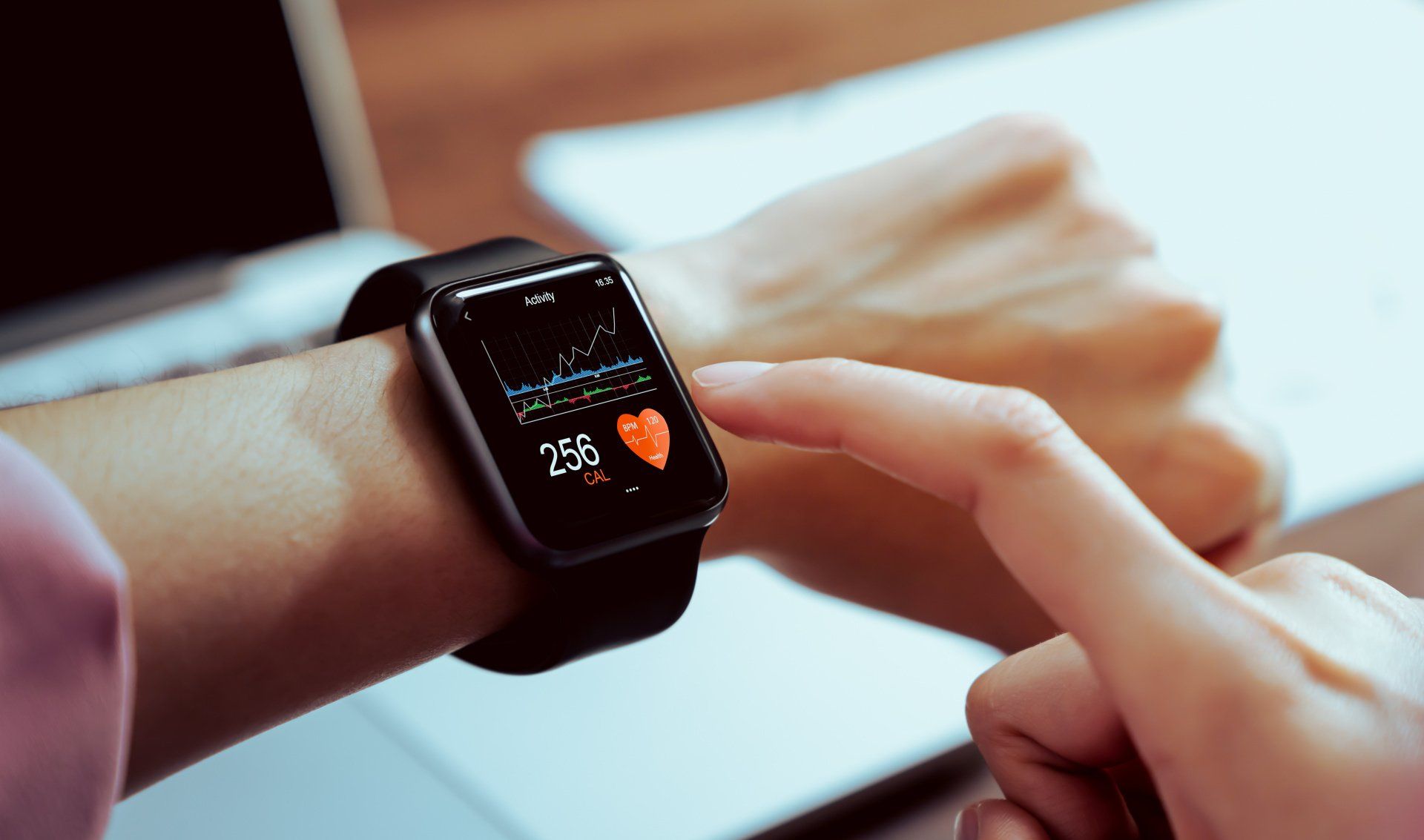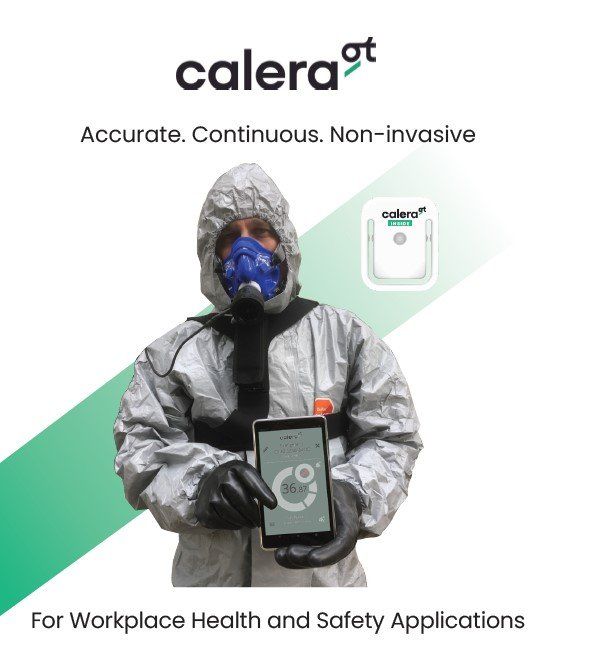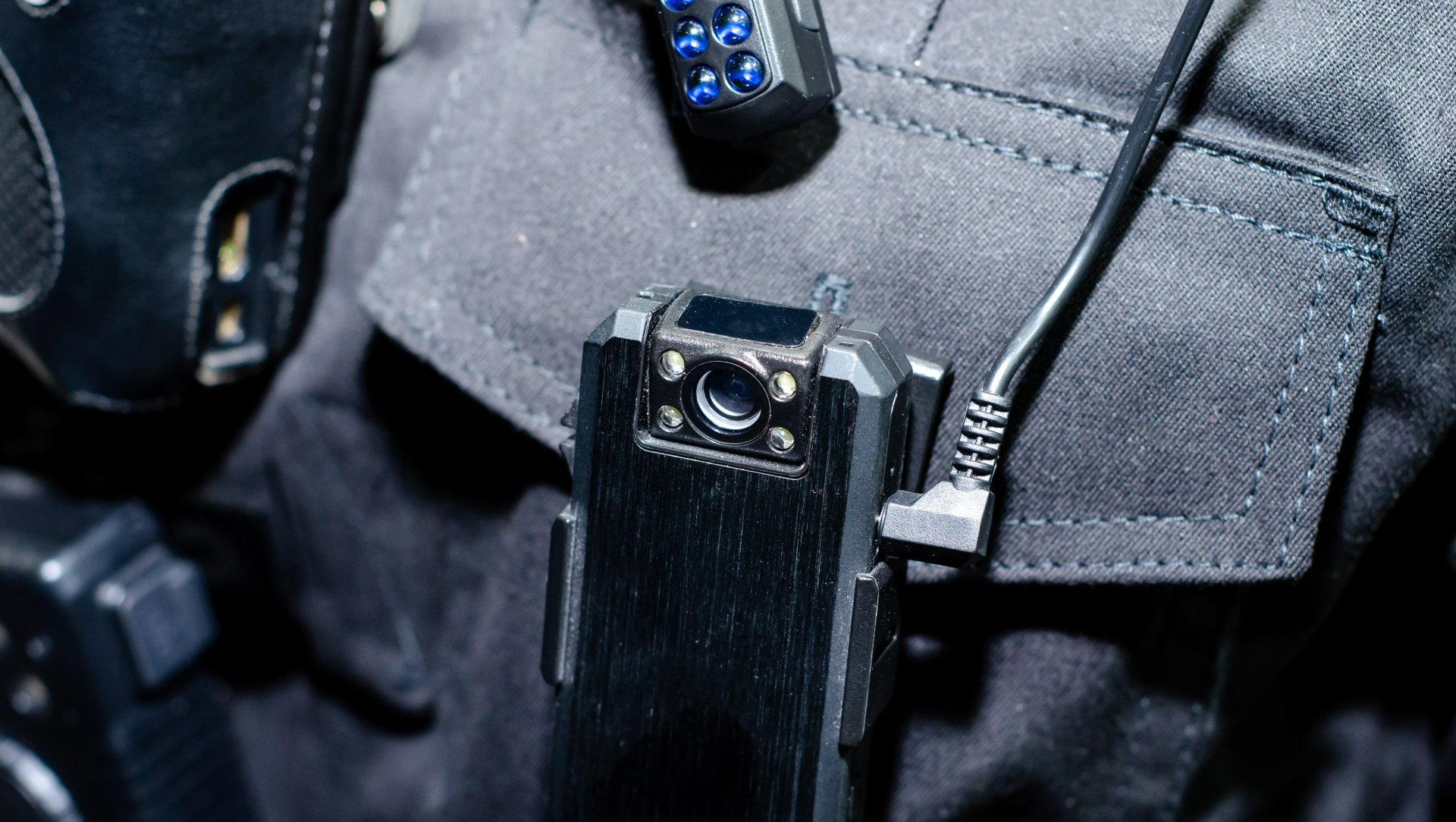Is Your Team Ready for OSHA Heat Stress Inspections?
Making Sure Your Workplace Is Ready for the OSHA Heat Stress National Emphasis Program

The summer heat is upon us and that means workers in many industries are now more susceptible than ever to heat-related injuries. Heat stress can have a serious physical and psychological impact on its victims, resulting in dehydration, exhaustion, heatstroke, fatigue, and—in some cases—death.
The Occupational Safety and Health Administration (OSHA) recognizes the dangers that stem from heat stress, which is why they've implemented guidelines and regulations to ensure the safety and well-being of workers. To this end, OSHA has developed the Heat Stress National Emphasis Program (NEP) to focus on enforcing standards and preventing heat-related illnesses and injuries.
Understanding the OSHA Heat Stress NEP
The OSHA Heat Stress NEP is a comprehensive program aimed at reducing the risks associated with heat stress in workplaces across various industries that may be at risk. Through this program, OSHA inspectors can monitor the efforts of employers to comply with safety regulations and protect their workers from heat-related hazards.
Key Elements of the OSHA Heat Stress NEP
OSHA's heat stress program consists of three primary components:
- Compliance Evaluations. OSHA inspectors will conduct inspections at worksites to evaluate employers' adherence to the heat stress standards outlined by OSHA. This includes assessing the effectiveness of heat stress management plans, providing recommendations for improvement, and enforcing necessary penalties for non-compliance.
- Training and Outreach. OSHA aims to raise awareness about heat stress and educate both employers and workers on its prevention. Through outreach programs, OSHA provides resources, training materials, and guidelines to help employers develop effective heat stress prevention programs.
- Heat Stress Prevention Programs. OSHA expects employers to have comprehensive heat stress prevention programs in place. These programs should include provisions for employee training, acclimatization, access to potable water, rest breaks, shade, and monitoring of environmental conditions. Additionally, employers should have procedures for responding to heat-related emergencies and providing appropriate medical assistance.
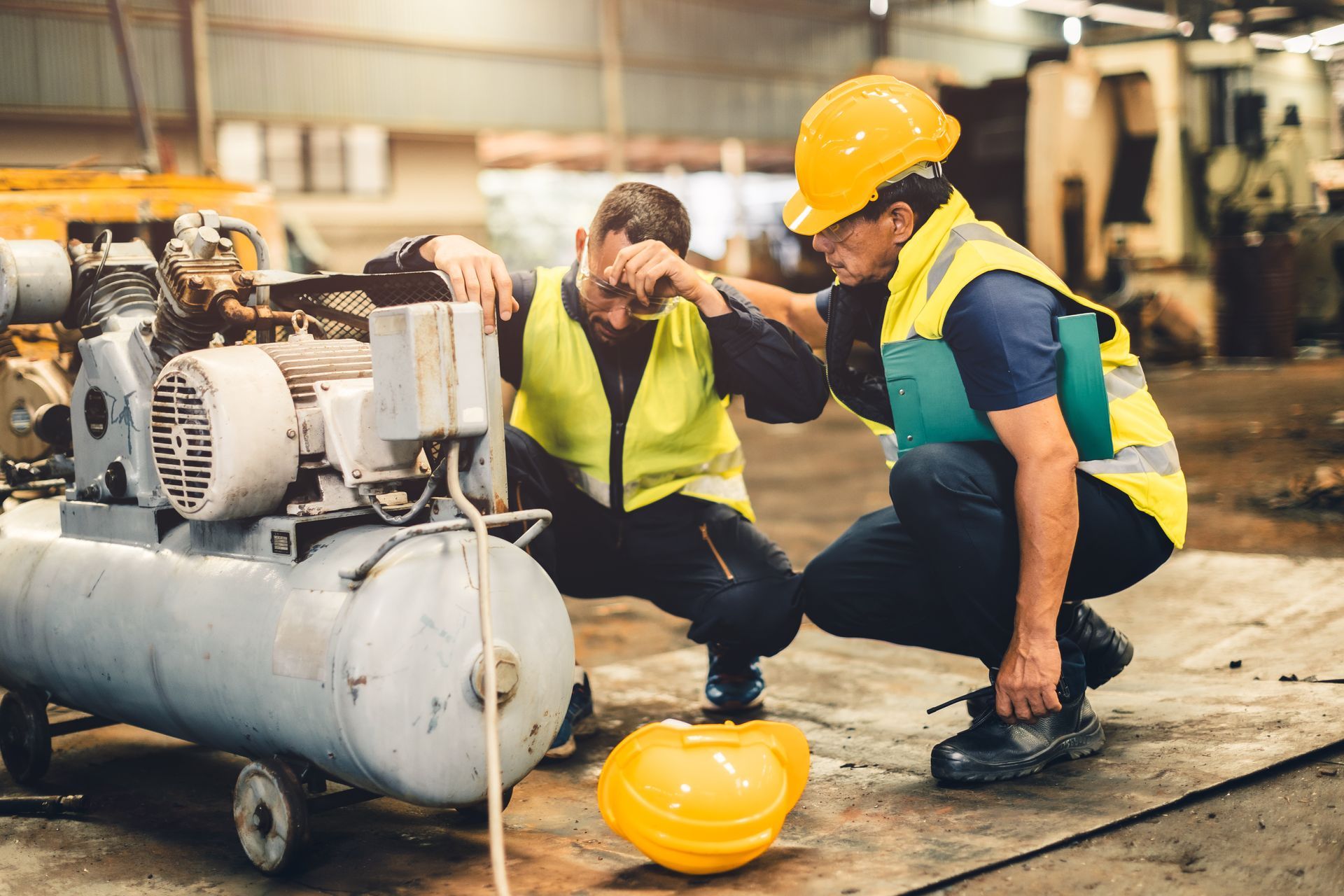
Preparing for OSHA Heat Stress NEP Inspections
Here are some steps you can take to ensure that you and your team are ready for any upcoming OSHA heat stress inspections:
- Review OSHA Standards. Familiarize yourself with the OSHA heat stress standards applicable to your industry. Ensure that your workplace policies and procedures align with these standards and make any necessary updates to maintain compliance.
- Develop and Implement a Heat Stress Prevention Program. Establish a comprehensive heat stress prevention program that includes provisions for employee training, regular monitoring of environmental conditions, access to shade and drinking water, and scheduled rest breaks.
- Educate Your Employees. Conduct training sessions to educate your employees about heat stress, its symptoms, preventive measures, and the importance of reporting any discomfort or signs of illness promptly. Encourage open communication and create a supportive environment.
- Monitor Environmental Conditions. Regularly monitor environmental conditions, such as temperature, humidity, and heat index, to identify potential hazards. Implement a system for tracking and documenting these conditions to demonstrate compliance during inspections.
- Conduct Internal Audits. Regularly conduct internal audits and self-assessments to identify areas for improvement in your heat stress prevention program. Address any shortcomings promptly and make necessary adjustments to ensure a safe working environment.
- Maintain Records. Keep detailed records of employee training, environmental monitoring, medical consultations, and any incidents related to heat stress. These records serve as evidence of your commitment to worker safety and can help during OSHA inspections.
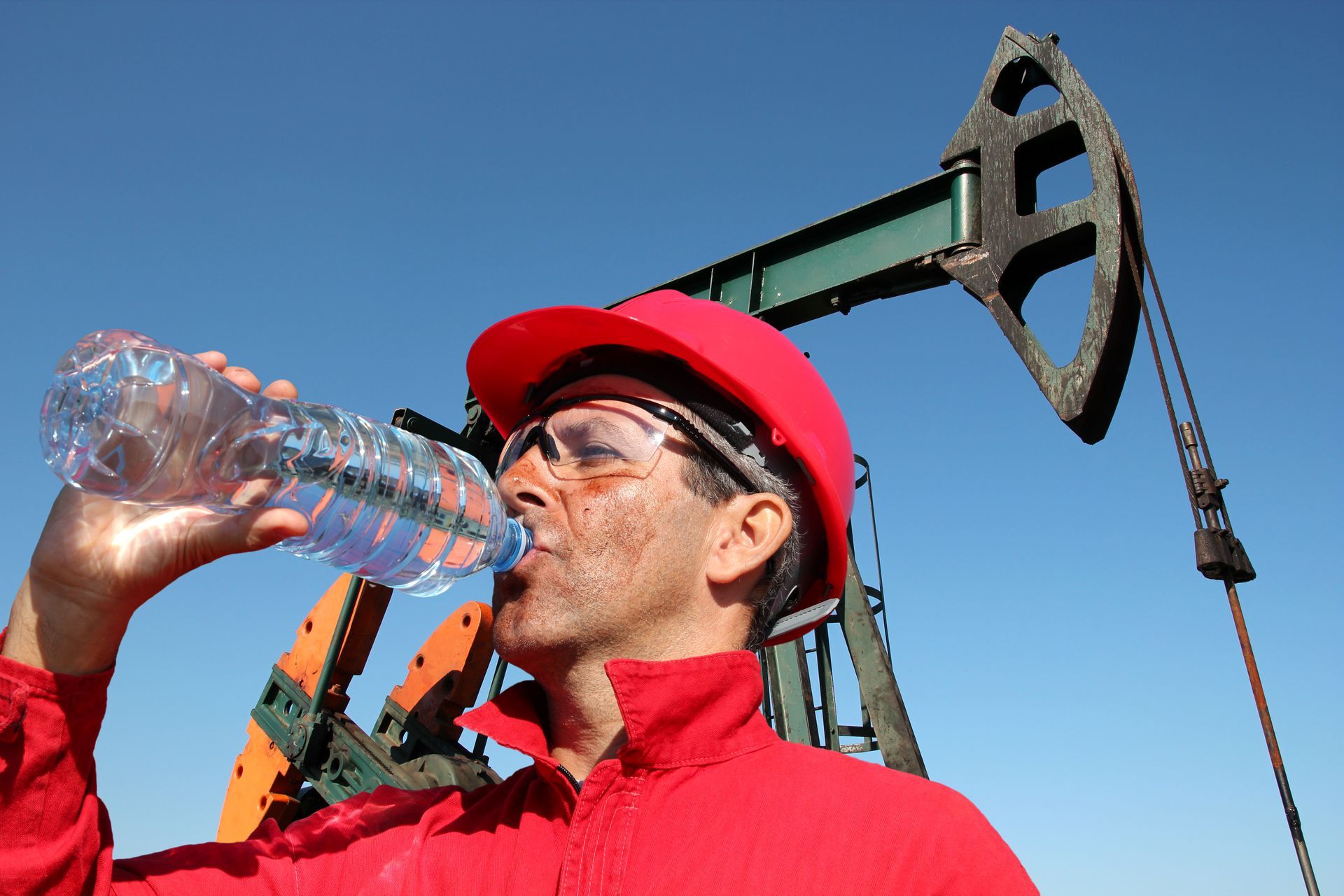
SafeGuard Can Help with Heat Stress Safety
VigiLife is dedicated to helping employers prioritize the well-being of their workers in high-temperature environments. Our SafeGuard platform can help by providing a first line of defense against heat stress through real-time monitoring of biological readings and environmental data. This preventive approach notifies workers and safety supervisors of risky core body temperature levels before they can cause harm.
Preventing heat stress requires a collective effort from you, your team, your partners, and OSHA. By working together, we can create safer work environments and safeguard the health and well-being of workers across any industry.

